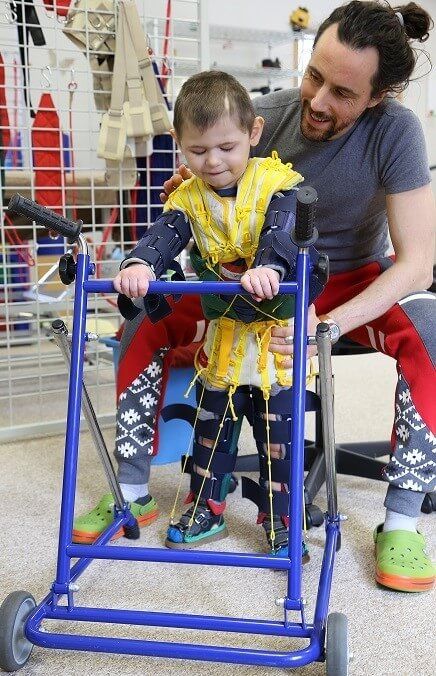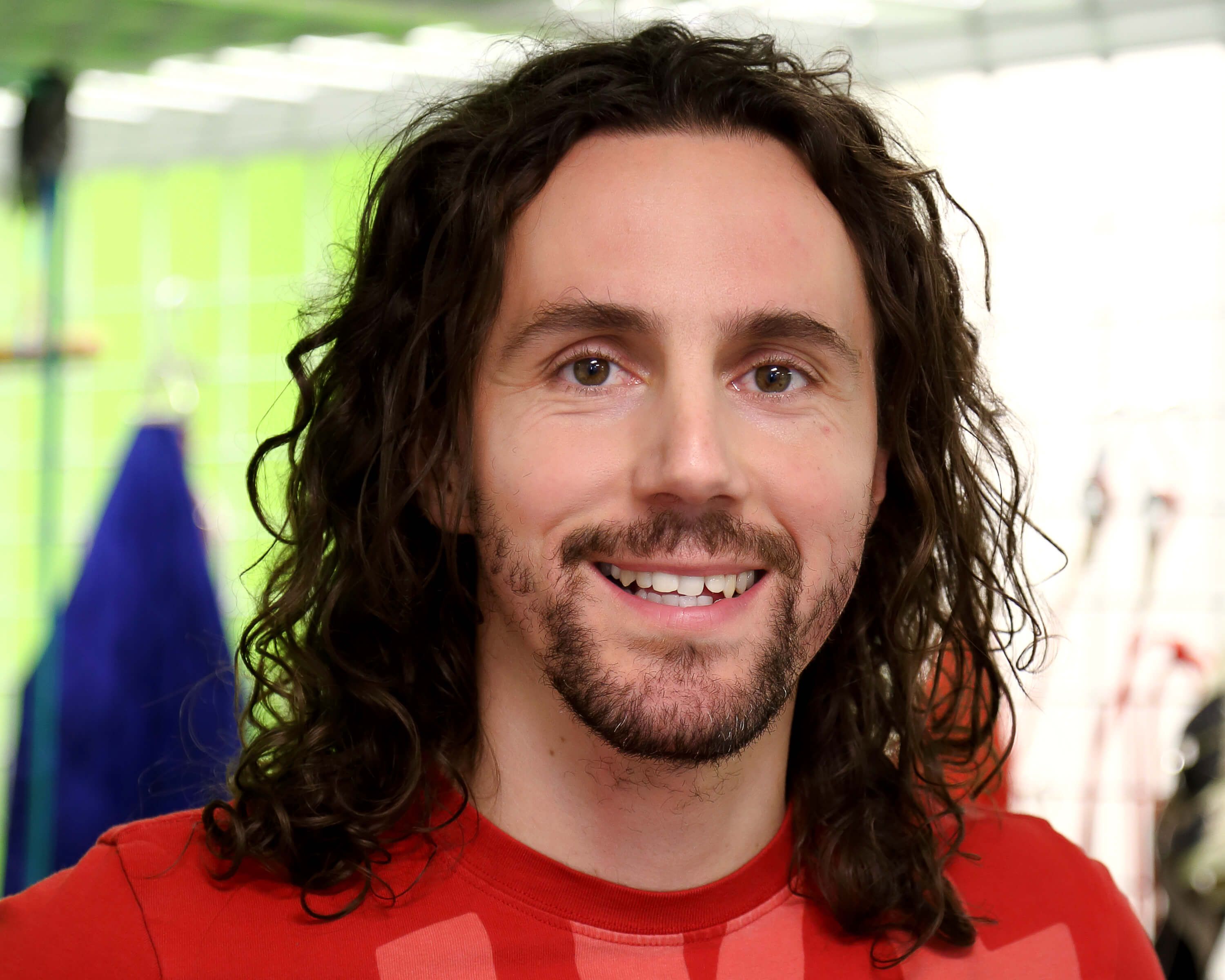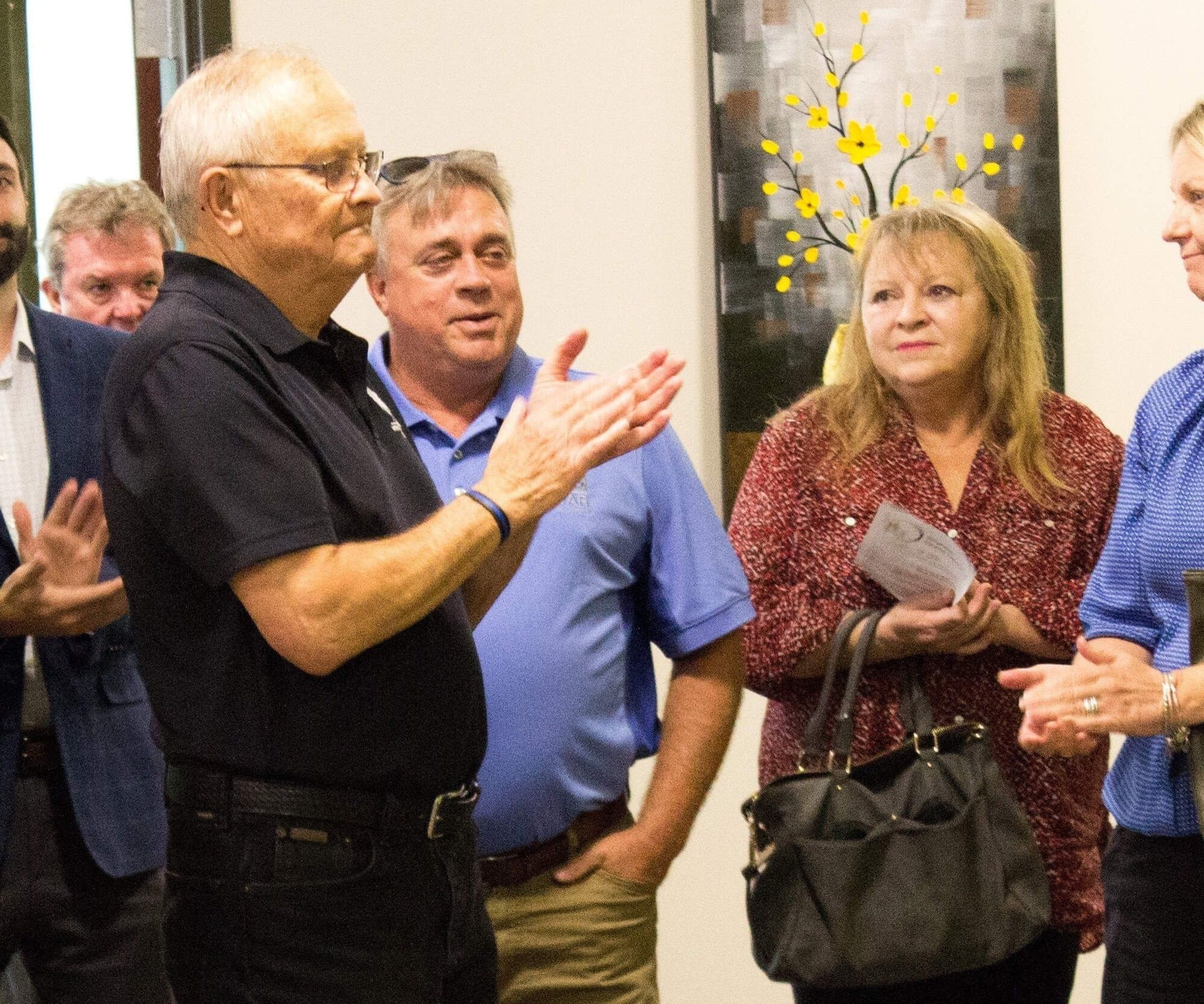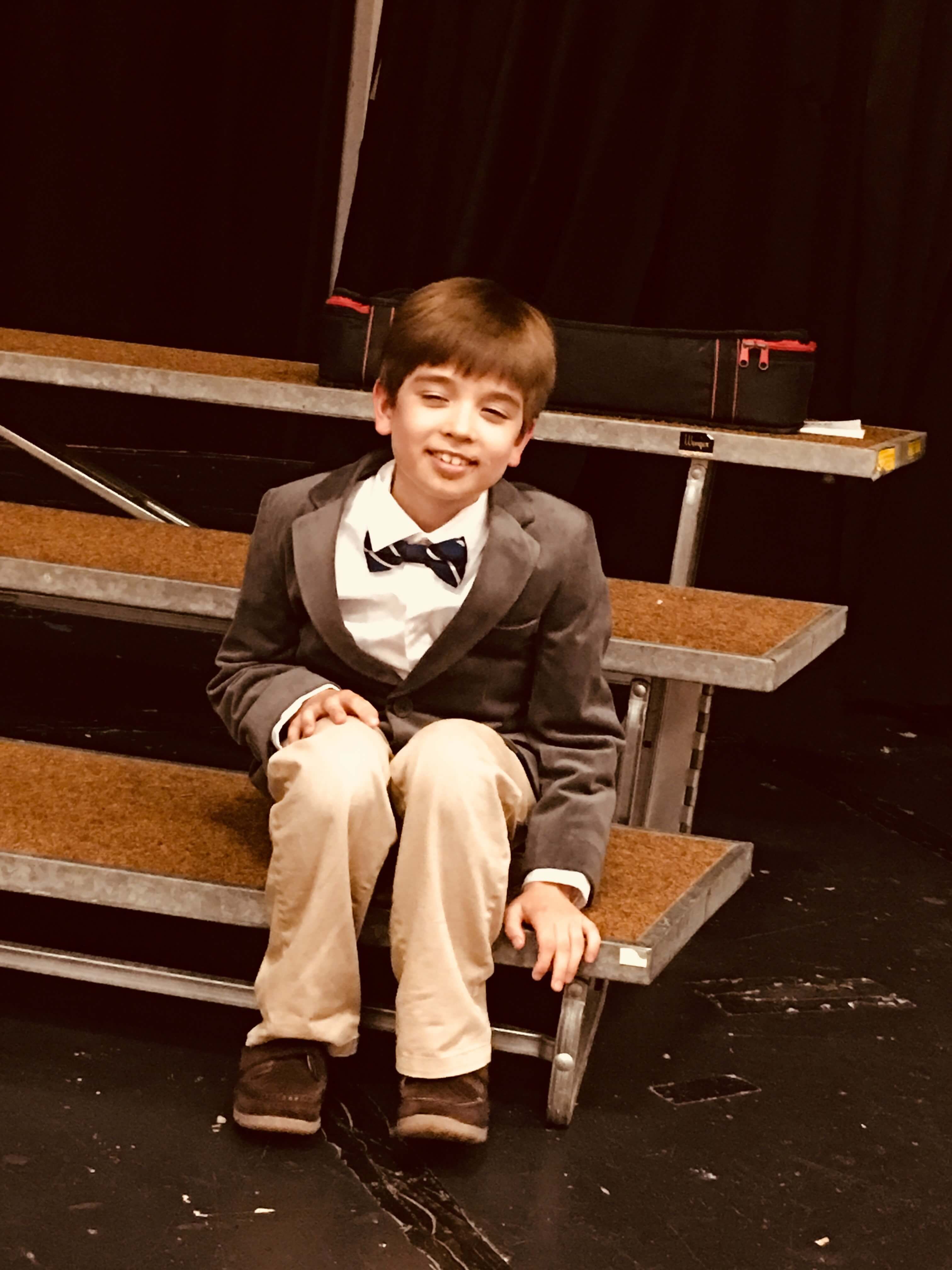A Synergistic Healing Approach for Autoimmune Disease
Debilitating fatigue, brain fog, and mysterious joint pain. Rashes, hives, and unexplained itching. Muscle weakness, rapid heartbeat, and diarrhea. These seemingly unrelated symptoms have become so common that they are accepted as normal. It seems that everyone is exhausted, stressed out, and anxious or depressed. Many people also suffer from food-triggered digestive issues. But common and normal are not the same thing. The body is not supposed to attack its own cells, tissues, and organs, yet this is exactly what happens in autoimmune disease.
Some of the better-known autoimmune diseases include rheumatoid arthritis, type 1 diabetes, multiple sclerosis, ulcerative colitis, Hashimoto’s Thyroiditis, and lupus. The American Autoimmune Related Diseases Association (AARDA) estimates that 50 million Americans (almost 1 in 5) suffer from one or more of the 140+ diseases classified as autoimmune. That’s approximately double the number of people who suffer from heart disease and four times the number of people affected by cancer.
Further complicating the perplexing nature of these diseases, it is not always known whether autoimmune dysfunction is the cause or consequence of the presenting disease. For example, asthma and eczema are believed to be triggered by autoimmune conditions, yet seem to be surface problems.
Mainstream medicine offers few solutions for autoimmune disease, generally providing only palliative care. But at The Oxford Center, we take a synergistic approach. Combining hyperbaric oxygen therapy, nutrition coaching, and medical consultation, we guide patients in restoring health.
The Role of Hyperbaric Oxygen Therapy in Treating Autoimmune Conditions
Hyperbaric Oxygen Therapy (HBOT) can be a powerful tool for treating autoimmune disease. HBOT is a clinical treatment where the patient breathes 100% oxygen while enclosed in a hyperbaric oxygen chamber at a pressure greater than one and a half (1.5 ata) atmosphere.
At pressures greater than normal, the body can incorporate more oxygen into blood cells, blood plasma, cerebrospinal fluid and other body fluids. The increased oxygen absorption experienced during HBOT boosts stem cell production 800% and enhances the body’s ability to heal itself. Known effects of HBOT include reduced inflammation, healing of infections and repair of damaged tissues. Raising oxygen levels in tissues where they have been lowered due to illness or injury encourages blood vessel growth, reduces swelling and supports the immune system. These effects provide significant symptomatic relief and delayed or decreased progression of disease.
The Role of Nutrition in Autoimmune Disease
Autoimmune disorders are exacerbated by disorders in the gut. They are also very responsive to dietary changes. When individuals suffering from autoimmune diseases implement healing diets, improvements (often dramatic) in physical and psychological health result.
The Autoimmune Protocol (AIP) is a sophisticated elimination diet where foods known to cause inflammation and immune dysregulation are avoided, while nutrient-dense foods that support the body in healing itself are consumed. The AIP is composed of both an elimination phase and a reintroduction phase. Beginning such an intense diet can be overwhelming. Support from a nutrition coach can make the difference between frustration and success.
There is no single best lifestyle and diet for autoimmune disease. Each individual must learn how specific foods affect their symptoms, find foods that promote healing, and eliminate those that destroy their health.
Medical Testing and Autoimmune Disease
Autoimmune Disease is complex and multi-layered. Doctors don’t agree on which diseases fall under the autoimmune umbrella and how to treat them.
A medical professional who knows how to look for root causes of disease offers the best hope for recovery. A variety of factors influence health and disease, including genetics, environmental toxin exposures, vitamin deficiencies, infection, stress, and sleep. Testing is often the only way to quantify and understand these confounding factors so that an appropriate treatment strategy may be designed.
At The Oxford Center, the medical team is constantly researching and innovating to determine approaches that will help patients restore health. With millions of Americans affected by autoimmune diseases, we’ve developed protocols for best outcomes, which include HBOT, genetic testing, medical consultation, and nutrition coaching.
Taking Charge of Your Health
The World Health Organization defines health as a State of complete physical, mental, and social well being, and not merely the absence of disease or infirmity. It is empowering to know that we can take charge of our own health. While there are no magic bullets, what we choose to eat, how we manage stress, and the healing modalities we select for ourselves and our families play a huge role in our health and well-being.
In deciding how to deal with an autoimmune disease or a collection of symptoms that point to a related condition, trust your inner guidance. Articles or therapies often cross our paths for a reason. At the same time, it is prudent to determine if they are right for us by doing further research. Knowledge is power. Read, learn, and ask questions. Restoring your health can be a joyful process, especially with support from caring professionals.
Founded in 2008, The Oxford Center is an innovative therapy organization that promotes healing through a variety of research-based therapies tailored to individual needs. While traditional therapies limit people to living with their condition, Oxford’s therapies promote healing and recovery. Oxford offers a variety of programs that strive to create a lifestyle of wellness, improved health and quality of life, including Hyperbaric Oxygen Therapy, Nutrition Coaching, Medical Consultation, and Laboratory Testing.





